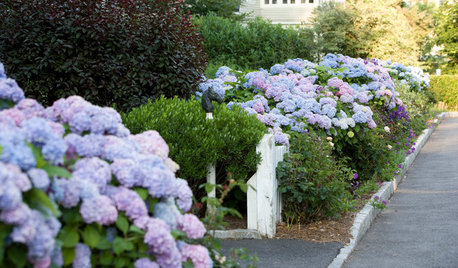Anna Rose Whitney Seems Vigorous
6 years ago
Featured Answer
Sort by:Oldest
Comments (8)
Related Professionals
Benbrook Landscape Architects & Landscape Designers · Foothill Ranch Landscape Architects & Landscape Designers · Rancho Palos Verdes Landscape Architects & Landscape Designers · Belvedere Park Landscape Contractors · El Reno Landscape Contractors · Fairview Landscape Contractors · Kahului Landscape Contractors · New Braunfels Landscape Contractors · Rockland Landscape Contractors · Saint George Landscape Contractors · Saint John Landscape Contractors · Tuscaloosa Landscape Contractors · Waltham Landscape Contractors · Woodbury Landscape Contractors · Winter Gardens Landscape Contractors- 6 years ago
- 6 years ago
- 6 years ago
Related Stories

HOUSEKEEPINGDishwasher vs. Hand-Washing Debate Finally Solved — Sort Of
Readers in 8 countries weigh in on whether an appliance saves time, water and sanity or if washing by hand is the only saving grace
Full Story
HOUSEKEEPINGHow to Clean Hardwood Floors
Gleaming wood floors are a thing of beauty. Find out how to keep them that way
Full Story
FLOWERSWhy You Should Give Hydrangeas a Place in Your Yard
The exuberant mop-headed beauties evoke dreams of an endless summer by the sea
Full Story
GARDENING GUIDES7 New Plants to Grow for Beautiful Foliage
Add color, structure and interest to your garden with these recently introduced plants that sport exceptional foliage
Full Story
ARTSee Winning Modern Quilts on Display at QuiltCon 2015
Top quilts have been chosen from among hundreds at the international show in Austin through February 22. View them and others here
Full StorySponsored
Columbus Design-Build, Kitchen & Bath Remodeling, Historic Renovations







ctgardenguy (Zone 6)